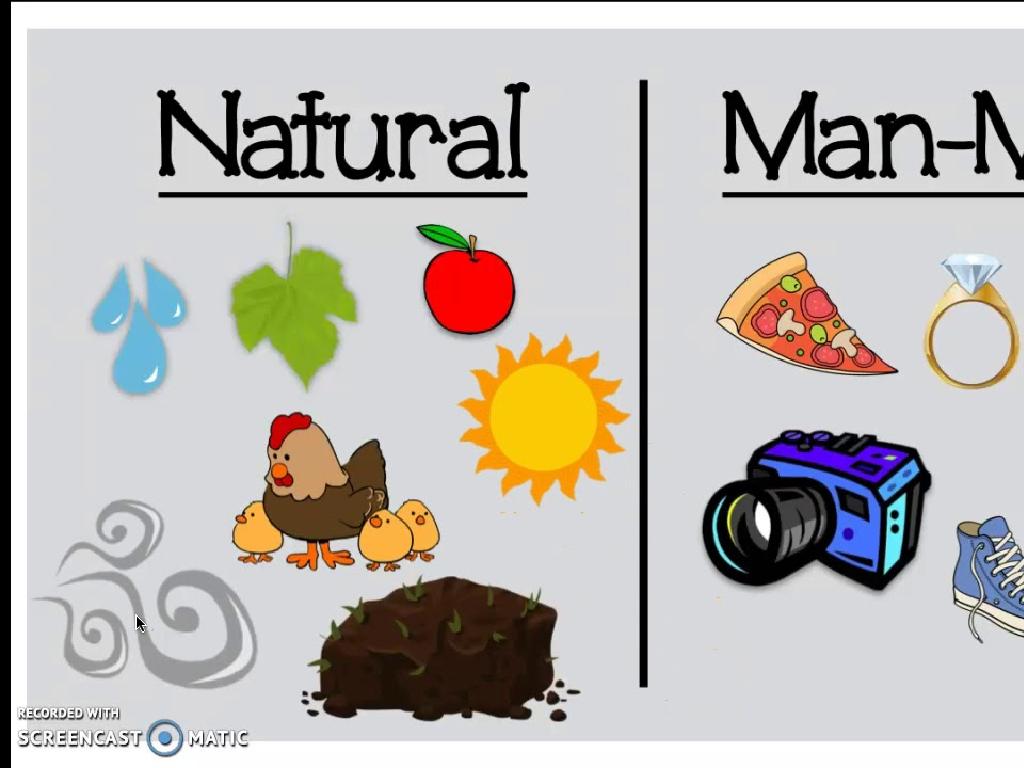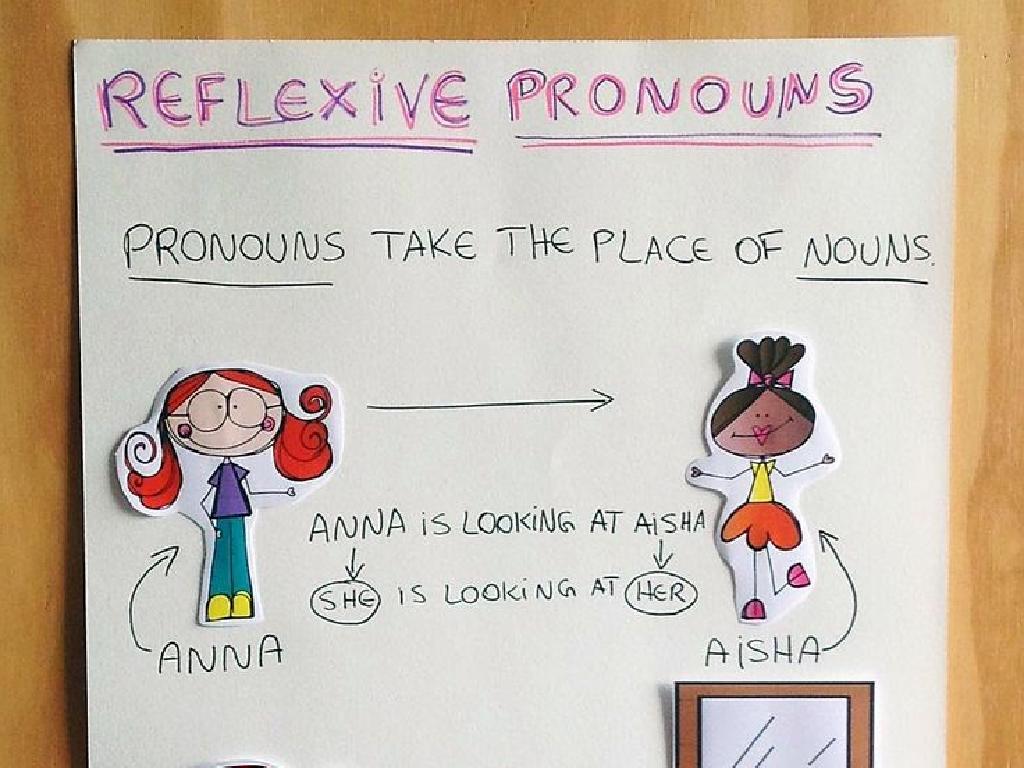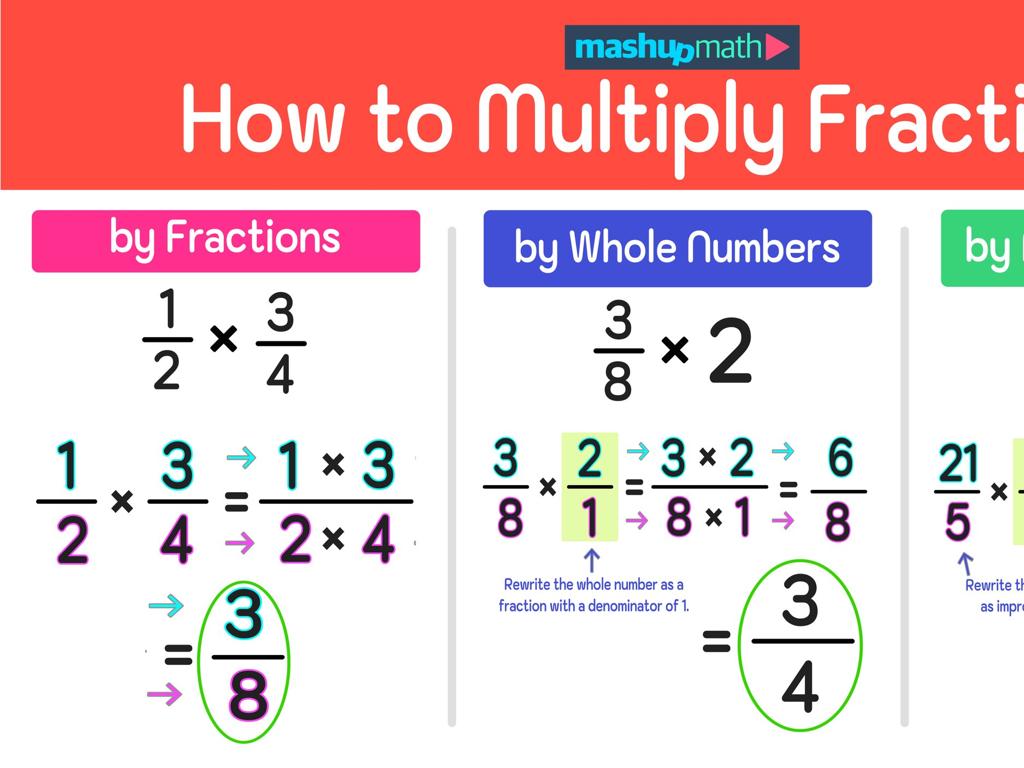Abbreviate Customary Units Of Measurement
Subject: Language arts
Grade: Third grade
Topic: Abbreviations
Please LOG IN to download the presentation. Access is available to registered users only.
View More Content
Introduction to Abbreviations
– What are abbreviations?
– Shortened forms of words or phrases
– Reasons we use abbreviations
– To save time/space and simplify writing
– Examples of common abbreviations
– Mr. for Mister, Dr. for Doctor, in. for inches
|
This slide introduces the concept of abbreviations to third-grade students. Begin by explaining that an abbreviation is a shorter way to write a word or phrase, which makes writing and reading quicker and easier. Discuss the practicality of using abbreviations in everyday writing, such as taking notes or making lists. Provide familiar examples that they might encounter in daily life, like titles for people or measurements they see in math class. Encourage students to think of abbreviations they already know and use. This will help them understand that they are already familiar with the concept, even if they didn’t know the term ‘abbreviation’.
Abbreviations in Measurement
– Daily use of measurements
– Abbreviations make it quick
– Examples: in., ft., yd., mi.
– inch becomes in., foot becomes ft., yard becomes yd., mile becomes mi.
– Practice writing abbreviations
– Let’s abbreviate pint, gallon, and ounce together!
|
This slide introduces students to the concept of abbreviating customary units of measurement, which they encounter in their daily lives. Emphasize the practicality of using abbreviations to save time and space when writing. Provide clear examples of common units such as inches, feet, yards, and miles, and their respective abbreviations. Encourage students to practice by writing out the full words and their abbreviations to reinforce their learning. You can extend the activity by asking students to find items at home and write down their measurements using abbreviations.
Length Abbreviations in Everyday Life
– Inches (in.) – thumb width
– ‘in.’ is used to measure small things, like the width of your thumb!
– Feet (ft.) – arm length
– ‘ft.’ helps us measure something as tall as your arm!
– Yards (yd.) – small car length
– ‘yd.’ is best for things as long as a car!
– Miles (mi.) – 15 min car drive
– ‘mi.’ is used when talking about long distances, like how far you travel in 15 minutes by car!
|
This slide introduces students to the abbreviations for customary units of length and relates them to familiar objects and concepts. Inches can be visualized as the width of a thumb, making it easier for students to grasp the concept of small measurements. Feet are compared to the length of an arm, which children can easily relate to. Yards are described as the length of a small car, providing a visual representation of larger measurements. Miles are explained in terms of time taken by a car to travel, which helps students understand even larger distances. Encourage students to use these familiar references when trying to estimate lengths and distances in their environment.
Volume & Weight Abbreviations
– Abbreviate cups as ‘c.’
– Like a small soup bowl
– Pints become ‘pt.’
– Equals two cups, think of a big milkshake
– Quarts abbreviated as ‘qt.’
– Four cups, imagine a small pitcher
– Pounds shorten to ‘lb.’
– Like a bag of sugar you hold
|
This slide introduces students to the abbreviations for common units of volume and weight. Start by explaining that abbreviations are shorter ways to write words or phrases, which are especially useful in recipes and shopping lists. Use relatable examples like a bowl of soup for cups, a large milkshake for pints, a small pitcher for quarts, and a bag of sugar to represent pounds. These visual examples will help students remember the abbreviations more easily. Encourage the students to think of other items that might fit these quantities and to practice using these abbreviations in real-life scenarios, such as when helping with grocery shopping or cooking.
Time Abbreviations
– Seconds (sec.) like a heartbeat
– ‘sec.’ is short for seconds, the time it takes for one heartbeat
– Minutes (min.) for brushing teeth
– ‘min.’ stands for minutes, about the time you spend brushing your teeth
– Hours (hr.) equal a long lunch
– ‘hr.’ means hours, often as long as a lunch break at school
– Days, Weeks, Months, Years
– ‘d.’ for days, ‘wk.’ for weeks, ‘mo.’ for months, ‘yr.’ for years
|
This slide introduces students to the abbreviations for units of time, which are commonly used in writing to save space and make reading easier. Start by explaining that abbreviations are shorter forms of words. Give relatable examples for each unit of time to help students connect with the concept. For instance, a second is as brief as a heartbeat, a minute is typically the time it takes to brush your teeth, and an hour could be as long as a lunch break. Then, move on to days, weeks, months, and years, which are longer periods that students are familiar with. Encourage students to think of activities they do that take about a day, a week, a month, or a year. This will help them understand the concept of time and its abbreviations in a practical context.
Practice with Measurement Abbreviations
– Let’s write measurements!
– I’ll say it, you abbreviate it
– Examples: inch, foot, yard, mile
– Examples: in for inch, ft for foot, yd for yard, mi for mile
– Practice makes perfect!
|
This slide is for an interactive class activity where the teacher will verbally provide measurements, and the students will practice writing the correct abbreviations. Before starting, review the common abbreviations for measurements such as inches (in), feet (ft), yards (yd), and miles (mi). Encourage the students to listen carefully and write the abbreviations on their notebooks or whiteboards. This exercise will help reinforce their understanding of abbreviating customary units of measurement. Possible variations of the activity could include the teacher writing the full measurement on the board for visual learners, students working in pairs to quiz each other, or using flashcards with the full measurement on one side and the abbreviation on the other.
Class Activity: Abbreviation Scavenger Hunt
– Find and measure classroom items
– Work in pairs with measuring tools
– Write measurements with abbreviations
– Use ‘in’ for inches, ‘ft’ for feet, ‘cups’ for volume, etc.
– Share measurements with the class
|
This interactive activity is designed to help students understand and practice using abbreviations for customary units of measurement. Provide rulers, measuring cups, and scales for students to use in pairs. Encourage them to find various items in the classroom to measure, such as the length of a desk with inches or feet, the volume of a water bottle in cups, or the weight of a book in ounces or pounds. They should write down each item’s measurement using the correct abbreviation. After the activity, ask each pair to share their findings with the class, reinforcing their understanding of measurement abbreviations. Possible variations of the activity could include measuring the same item with different units, comparing measurements between groups, or estimating measurements before actually measuring.
Concluding Abbreviations in Measurements
– Importance of abbreviations
– Abbreviations save time and space in writing.
– Recap measurement abbreviations
– Remember: in. for inches, ft. for feet, yd. for yards, and gal. for gallons.
– Abbreviations in daily life
– Use them in recipes, directions, and when shopping.
– Practice makes perfect
|
As we wrap up, emphasize the practicality of abbreviations in making writing more efficient. Review the key abbreviations for measurements we’ve learned, such as inches (in.), feet (ft.), yards (yd.), and gallons (gal.). Discuss how these are used in everyday scenarios like following a recipe, giving directions, or even while shopping. Encourage students to practice using these abbreviations in different contexts to become more familiar with them. For homework, they could write a short paragraph describing a recipe or directions to a place using measurement abbreviations.




